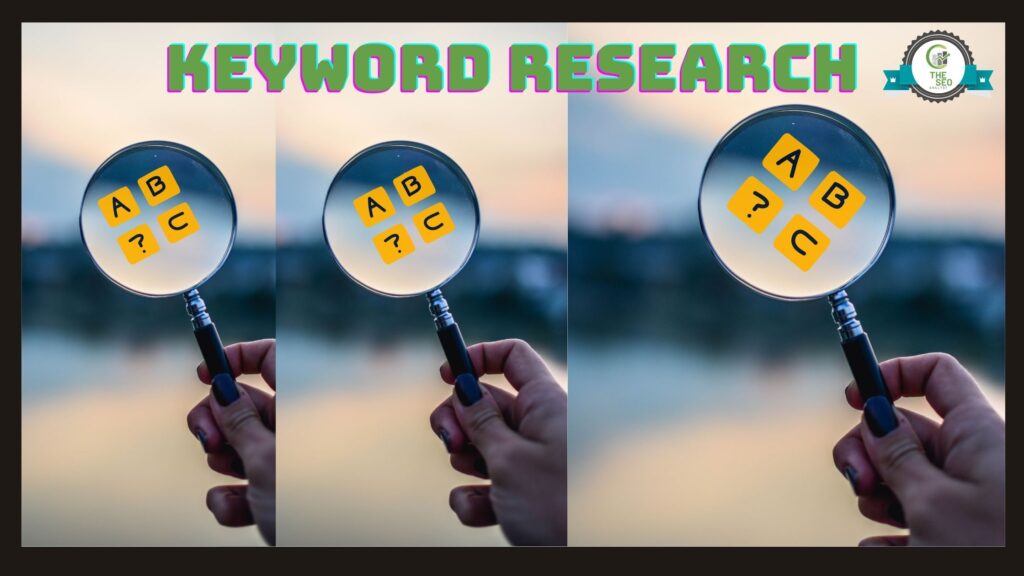- Home
- Services
- SEO Simplified
- How to do Keyword Research Like a Pro: A Comprehensive Guide
- Complete Guide to On-Page SEO
- Latest Off-Page SEO Techniques
- The Ultimate Technical SEO Checklist
- SEO Analyst
- Project Management
- Content Marketing
- Social Media Marketing
- Web Hosting
- Search Engine Marketing
- WordPress
- SEO Tools
- Affiliate Marketing
- Email Marketing
- Local SEO
- CRMs
- Landing Pages
- SEO Store
- Best SEO Tools
- Blog
- About
- Contact
The Complete Guide to On-Page SEO: How to Create Quality Content & Increase Your Rankings

Why Should You Care About On-Page SEO?
This guide will help you understand the basics of on-page SEO, and how it can help you improve your website's rankings, primarily by optimizing your web pages so that they rank well in search engine results pages (SERPs).
On-page SEO is one of the most important factors for a successful search engine optimization strategy. It helps Google, Bing and other search engines determine which websites are relevant to a given query.
As the name suggests On-Page or On-Site SEO as it’s also called involves all optimizations done on the elements of your website to ensure the content will rank high on the SERP and get the maximum traffic possible.
An ongoing debate in SEO forums seeks to know which of On-Page vs Off-Page SEO is important, and the opinions vary.
However, on-page SEO factors can be considered the most important because they are what Google can see and measure easily. If you want to rank high on Google and other search engines, more so considering the recent updates to Google’s algorithm favoring quality/helpful content.
When done right, On-Page SEO can significantly increase a website’s relevance on a specific topic, and this in return can become a gauge for higher search visibility.
On-Page SEO Checklist - Things You Should Have in Mind Before & After Publishing
Many factors can affect the ranking of your website on Google. One of these factors is your on-page SEO.
One of the most important things you should have in mind before publishing a post is to ensure you have done enough keyword research. You should also know what keywords to use throughout the content and where to place them to have a better chance at ranking high on search engines. It all starts with keyword research.
When you’ve gathered your keywords, and written and published your content, the next important step is to ensure that they are optimized for the SERP, and the following checklist will guide you through the necessary steps and actions to take.
Perform a website audit
Website crawls are one of the most common ways to find out about errors on a site. This crawl will help you identify any pages that need to be updated or deleted.
A website audit can help you identify and fix any issues which may be affecting the site’s performance.
Performing an audit of your website will help identify On-Page SEO issues worth fixing, such as:
• Broken links
• Duplicate titles
• Missing Meta Description
• Missing image alt text
• Duplicate Content
• Low-Quality Content
• Content Quality
• Mobile-Usability Issues
Edit HTML Tags, Headings & Meta Description
HTML tags are the building blocks of a webpage and are used to define the structure and content of a web page. HTML tags can be nested and combined to form different combinations.
Heading tags, also called “heading levels,” are HTML tags that specify the level of heading for text on a web page. The most common heading tag is H1, which is used to define the most important text on a page or section. H2 defines the next-most important text, and so on.
The meta description is an HTML element that is intended to provide both search engines and website visitors with an explanation of what the site or webpage is about. The meta description should be concise, yet informative enough to entice users to click on it on search engine results pages (SERPs).
Using proper headings, page titles and meta descriptions can go a long way to have a positive impact on your On-Page SEO efforts.
• Keep the title within a length of 60 characters
• Keep the meta description within the length of 160 characters
URLs and Anchor Texts
URLs are the web address of a website, while anchor texts are the words that link to other pages on a website. • Use short and descriptive URLs • Include your target keywords in your URL. For instance, an article targeting the keyword “best SEO tools” could look like so https://the-seo-analyst.com/best-seo-tools/
Anchor texts can be either descriptive or keyword-based. Descriptive anchor text is the most popular and effective way to write anchor text because it helps users find information faster and easier on your site.
If you want to rank higher in search engines, make sure that you use descriptive anchor texts in your links.
Avoid Keyword Stuffing
The quality of content is one of the most important ranking factors for SEO. The search engine algorithms are designed to give preference to high-quality, relevant, and fresh content.
To create high-quality, relevant, and fresh content, it is important to avoid keyword stuffing in the content.
Keyword stuffing is the act of inserting keywords into a webpage in an excessive manner so that it becomes difficult for people to read the content on that webpage or text.
While some SEO experts say that keyword stuffing is still a good practice, Google has already penalized websites for keyword stuffing in their content.

Proper Internal Linking
Internal linking is the process of linking to relevant pages on your website. It’s important for SEO because it helps search engines crawl and index your site more efficiently, which in turn leads to increased search traffic.
Links are an integral part of the web page and they exist as a way to connect one web page with another. Links provide a link juice that helps boost the ranking of the linked page in SERPs.
Internal linking is one of the most important aspects of search engine optimization because it establishes relevant pages and provides link juice to these pages. It also helps search engine crawlers to find content on your site more easily.
Some useful internal linking tips:
• Use relevant and descriptive anchor texts
• Maintain a healthy internal linking ratio (do not over-use internal links)
Optimize Images for Search
Images are an important part of any website. They can be used to show products, illustrate a point or just make the website more visually appealing.
For a website to rank well in search engine results pages (SERPs), the images on the site must be optimized for search. There are many different ways in which images can be optimized for search, but some of the most important things are:
• Ensuring that they have alt text and that it is descriptive enough • Ensure the images are relevant to the topic • Ensure the images are in a proper dimension (not too large nor small)How to Optimize Your Content for Google & Other Search Engines
You must have read the saying that goes “content is king”! Well, this is so accurate and as such, any search engine optimization strategy that fails to incorporate this into its plan is bound to fail in the long run.
Google is the most popular search engine in the world. So, it is no surprise that optimizing your content for Google Search Results is the first step to take when you want to rank higher in SERPs. And as such, this guide wouldn’t be complete if we don’t share some content-writing tips.
• Do proper keyword research • Seek to match search intent • Write Captivating and attention-grabbing titles/headlines • Avoid big words • Read through and edit your work • Avoid typos • Write compelling Meta DescriptionsWhy On-Page SEO is Crucial for Successful SEO Campaigns?

The on-page SEO is a crucial part of the SEO campaign. It focuses on a website’s content and how it can be optimized to rank better in search engine results pages.
The importance of On-Page SEO cannot be overemphasized these days, for all the reasons mentioned above, but if we were to summarize, any webmaster or SEO that is serious about getting high search traffic should focus on fixing all On-Page issues.
Fixing On-Page SEO issues will act as a stepping stone for Off-Page and Technical SEO because if you do everything right on your website, all else will begin to fall in place and make things much easier for you to see visible results in no time.
In fact, some websites focusing solely on On-Page SEO factors often do very well on the SERP.
Recommended Tools to Use to Up Your On-Page SEO Efforts
• Grammarly • YOAST • Answer the Public • Google Trends

